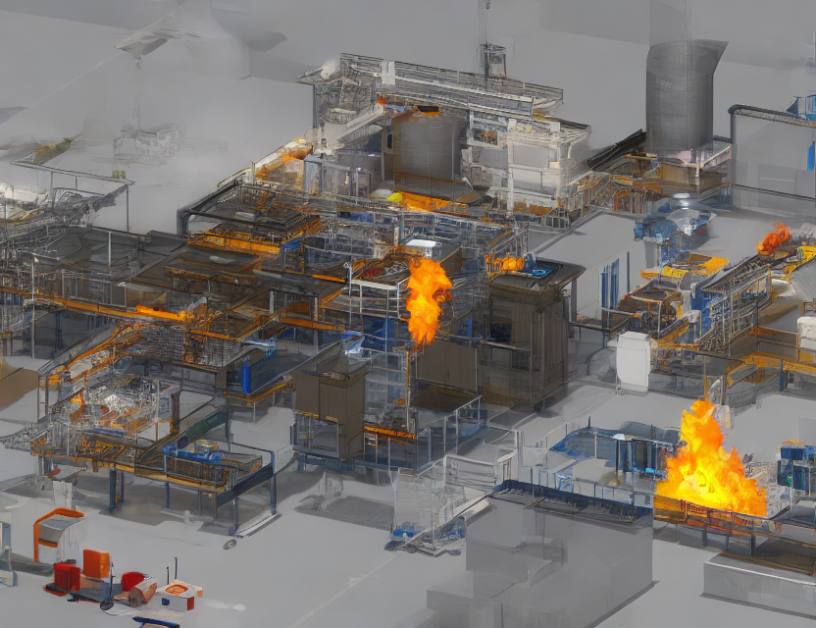Imagine you’re cooking a meal on a gas stove. The burner is made up of small flames that heat up your food. The area where these flames are present is called the flame area. In combustion science, we use this concept to measure the size of the burning region.
Section 2: Calculating Flame Area
Now, you might wonder how we calculate the flame area in hydrogen combustion. The authors of this study propose a new method based on a term-weighted average flame area. This means they assign more importance to areas with enhanced burning at the flame front and reduce the contribution of non-burning regions.
Section 3: Validation and Conclusion
The authors validate their method by comparing it to traditional calculations based on isosurfaces. They find that their new approach provides a more accurate representation of the flame area, especially in cases where the burning is highly turbulent. This research has important implications for understanding how hydrogen combustion works and could lead to improvements in fuel efficiency and emission reduction.
Summary
In summary, calculating flame area is crucial for understanding hydrogen combustion. The authors propose a new method based on term-weighted average flame areas that provide more accurate results in turbulent cases. By demystifying complex concepts and providing a comprehensive summary of the research, we hope to make this topic more accessible to a wider audience.



